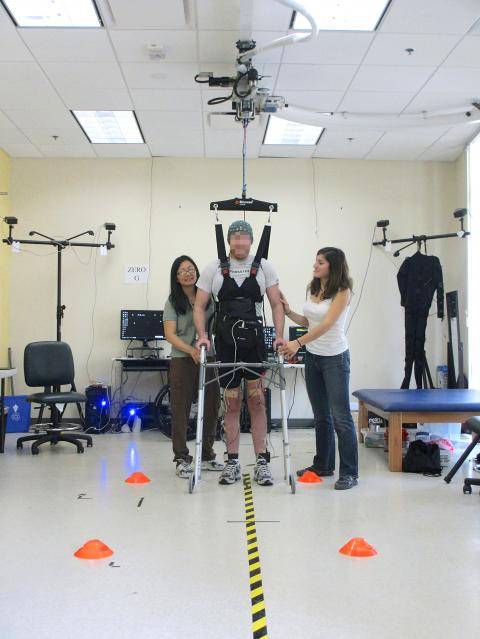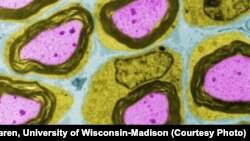
The tech behind a device that might be able to reawaken connections between the brain and the body.
There are so many medical advances everywhere we turn it is almost impossible to comprehend what lies in our future.
Read more @ How It Works: A System That Reverses Paralysis | Popular Science


